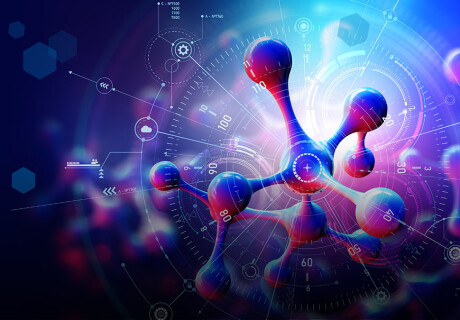Five Resources on Vagus Nerve Stimulation

Vagus Nerve Stimulation in Clinical Practice
The vagus nerve originates in the medulla and is the longest cranial nerve in the human body. It has bidirectional motor and sensory functions that influence many organ systems and regions within the body. Because it is a main component of the parasympathetic nervous system, it is often associated with stress response and mood.
“The vagus nerve is responsible for not only sensing stress but also affecting many of the symptoms of stress,” explained integrative medicine physician Jeff Hardin, MD. “In the worst-case scenario, patients can have a myriad of symptoms from stress such as heart palpitations, arrhythmias, dyspepsia, ulcers, and others that are mediated via the vagus nerve.”
While research shows that vagus nerve activation can help reduce acute stress responses, it has further applications in clinical practice.
“Vagus nerve stimulation has traditionally been used for seizure disorders and treatment-resistant depression,” said Hardin. “In the emergency department, we maximally stimulate the vagus nerve via several techniques in order to convert patients out of supra-ventricular tachycardia.”
To read more, click here.




















SHARE